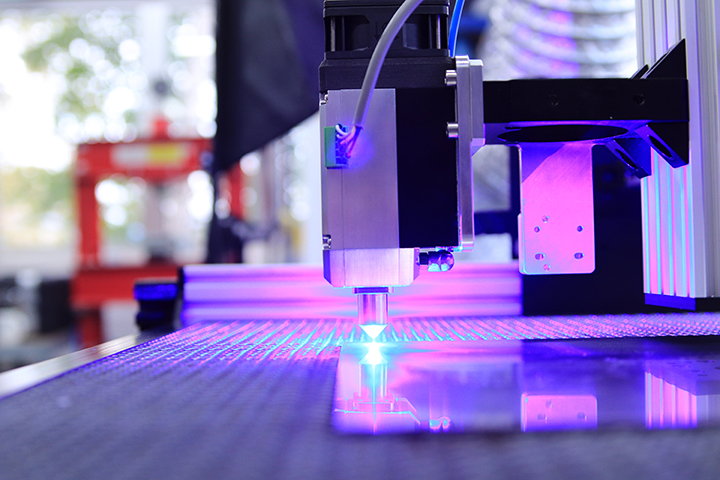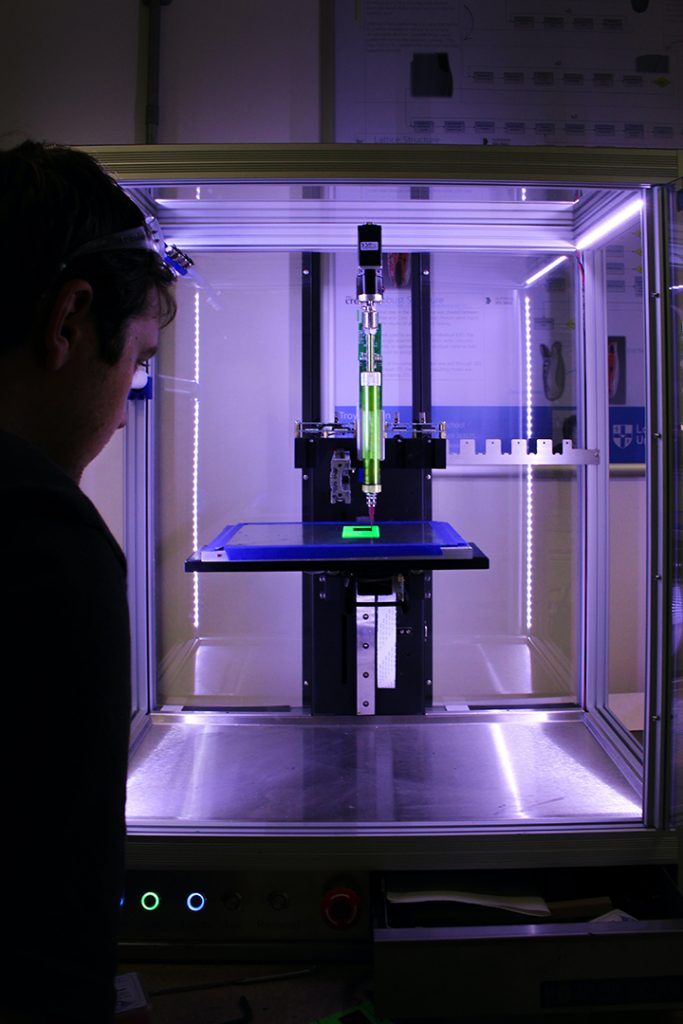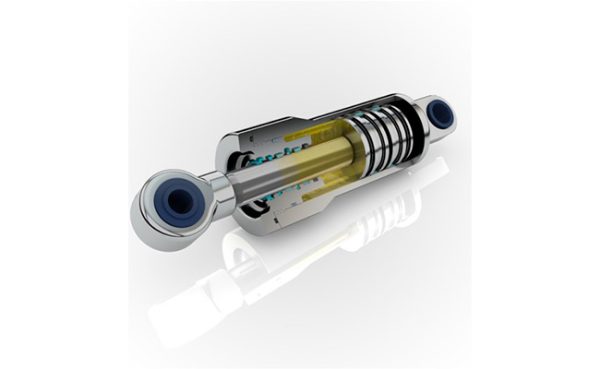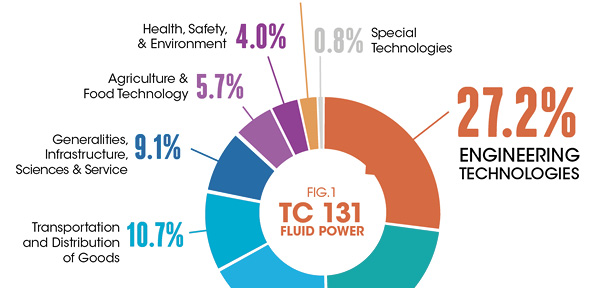Additive Manufacturing: Now Is the Time to Get Started

By Jordan McDowell, Content Strategist, KBM Advanced Materials.
Is your company exploring the possibilities of additive manufacturing? As 3D printing becomes increasingly popular and profitable, businesses large and small are becoming more aware of the potential of this quickly-growing industry. This article looks at the additive manufacturing process and the steps you’ll need to take to succeed in this exciting environment.
Additive manufacturing is the process of constructing a three-dimensional object by building it one layer at a time using a digital model. Why is it called additive manufacturing? Well, this manufacturing process is the opposite of subtractive manufacturing, where an object is created by chipping away at a solid block of material to create the final product. While 3D printing is currently the most popular form of additive manufacturing, other AM technologies include direct digital manufacturing and rapid prototyping.
Additive manufacturing has become an increasingly popular manufacturing method in recent years, with more than 60% of manufacturers relying on 3D printing technology to produce at least 10% of their end use or functional parts. Growing popularity and new opportunities have led many companies to integrate 3D printing into their manufacturing processes.
Benefits
While getting started in additive manufacturing can seem overwhelming (especially for small or medium-sized companies), the incredible potential it has for any commercial business is equally staggering. Given current projections for the future of additive manufacturing, it’s clear that now is the time to jump into this industry. The necessary tools and equipment that businesses need to get started in additive manufacturing are becoming increasingly accessible and affordable, making this a great time to get started while staying ahead of the curve.
The three primary benefits of additive manufacturing are time savings, materials savings, and increasing complexity. Additive manufacturing can allow your company to fabricate far more complex objects than traditional methods, including designs that would have previously required assembly and many individually created parts. Naturally, fewer constraints means designers and engineers create far more freely and efficiently. Of course, 3D printing also saves time and materials. With only a digital diagram and the appropriate printing material, your machine can start creating objects immediately. Additive manufacturing reduces material waste by only using the exact amount of material needed, as opposed to trimming down an excessively large object.
While additive manufacturing is generally used for its ability to quickly create lighter and more complex object or prototype designs that were once too difficult or time consuming to produce, the current and potential uses for additive manufacturing are truly endless. Additive manufacturing can create objects of all shapes and sizes using a variety of materials. More potential uses and materials are discovered all the time, and additive manufacturing is widely believed to have the potential to revolutionize industries including healthcare, education, and defense.
Putting together a roadmap
Once you’ve decided to break into the industry, the next step is to create a short-term strategy that ensures long-term value.
Research and screen. Conduct market research, screening your customer base to make sure 3D printed replacements for certain products wouldn’t negatively impact a customer’s willingness to continue working with you. Then determine the costs involved and decide which of your current products or components could be created with (or would otherwise benefit from) additive manufacturing. Make sure you’re prepared to equip your business with all of the necessary tools, and consider where 3D printing can improve any of your existing products.
Cost-benefit analysis. Compare the costs, risks, and benefits of this venture. Set the expectation that the process of integrating additive manufacturing into your workflow could be bumpy, and collect feedback from your team so your organization is prepared to handle any growing pains. A thorough analysis can take time, but the more you prepare up front, the more protected and confident you will be during the transition.
Evaluate workforce capabilities. Be sure that your workforce has the infrastructure in place to succeed with this new technology. You may need to upscale your internal capabilities to ensure your 3D printing venture’s success, whether that means hiring team members, incorporating additional technologies, or restructuring resource management processes.
Identifying the right AM technology
Before you begin sourcing materials and technology, you’ll need to learn which ones are best suited to your products. You’ll have the opportunity to choose from many additive manufacturing options; many different AM subtypes exist, and each uses unique building materials and technology. Your choice depends on the products and components you will create using AM, as well your budget and the company’s long-term goals. Here are a few common AM approaches.
SLA. The stereolithography approach utilizes very high-end laser technology to create individual layers of polymer resin until the desired structure is formed. The building process takes place within a pool of resin, and specialized material may be needed to add structural support for certain designs.
MJM. Multi-jet modeling uses a head capable of shuttling hundreds of small jets back and forth, applying material one layer at a time to build a given object. MJM, also known as inkjet or polyjet, requires photopolymer and is well suited to tasks requiring a high degree of accuracy and detail.
FDM. The fused deposition modeling process uses thermoplastic material, injecting it onto a platform with indexing nozzles. These nozzles trace the necessary cross-section pattern for each layer, allowing the thermoplastic material to harden before constructing the next layer. FDM printing is widely considered the most accessible method of additive manufacturing, as it is comparatively inexpensive to start, easy to grasp, and compatible with a wide range of materials.
3DP. The 3D platform approach creates your desired object inside a container filled with a starch- or plaster-based powder. An inkjet printer head applies a small amount of binding material before sweeping a layer of powder over it to form each layer and repeating until the object is complete. This process is unique in that it can build large objects (up to 1.5 meters across) in color with a variety of materials, including ceramics.
Necessary materials and technology
No matter which type of AM you settle on, you will need intentionally selected materials and technology to get started. Hardware, materials, and software are the three pillars of 3D printing success. Overall, three types of materials can be used in AM: polymers, ceramics, and metals. You’ll need to partner with a reliable materials supplier – preferably one who specializes in AM – to consistently meet your material needs.
In addition to building materials, you’ll need to set up the necessary hardware and a software ecosystem. In terms of hardware, you’ll need reliable computers with great storage and processing capabilities and high-quality, industrial 3D printing machines that have been developed with accuracy and repeatability in mind. When it comes to your software ecosystem, your team will need support to successfully manage the many tasks that come with AM. The production process can be complex, and your team will be handling several projects at once. Your end-to-end AM software should provide a clear overview of the parts in each request, guide the workflow through production and post-processing stages, and coordinate the processes efficiently. Optimizing your workflow is a key step to succeeding in additive manufacturing.
Once you and your organization have acclimated to the new technology and moved from prototypes to commercial-grade 3D-printed products, you can start scaling your additive manufacturing business at a maintainable growth rate. Every iteration of this scaling should include a cost-benefit analysis with an emphasis on your supply chain as you continue to grow. Partner with trusted material suppliers to deliver quickly and efficiently.
As you scale, be sure to maintain contact with your customers, making sure any products with 3D-printed components continue to serve them. Open channels with your customers are the best way to make sure your updated products aren’t causing any roadblocks or confusion. Keep a finger on the pulse so that if any issues do arise, you’ll be ahead of the curve and prepared to respond.
 Consider collaborations
Consider collaborations
As you work toward gathering the necessary materials and technology to start printing, you’ll notice that the right partnerships and collaborations can give you an edge. Working directly with service bureaus and hardware manufacturers will prove helpful, as they can provide expertise surrounding key requirements, materials, hardware, and software that can help you avoid mistakes and wasted time.
Next, you’ll want to consider working toward building strong relationships with trusted materials providers. Your AM materials should come from a reliable, well-established source, and building a strong partnership with your materials provider will lead to a consistent supply chain and a higher degree of confidence for everyone involved. Whether you’re looking to create with primarily metal or oddly-shaped objects, your materials provider will be able to advise you on your best option, the quantities needed, and important logistics around order fulfillment. Finally, collaborating with universities and research institutions can grant you access to cutting-edge research and technology. In recent years, small 3D printing companies have signed partnerships with universities to develop each other’s AM capabilities within labs ready to go with high-end printers and student expertise.
Equipped with this information, you are a bit more prepared to step into AM. It is increasingly popular and profitable, and it’s the perfect time to transition into this industry.







